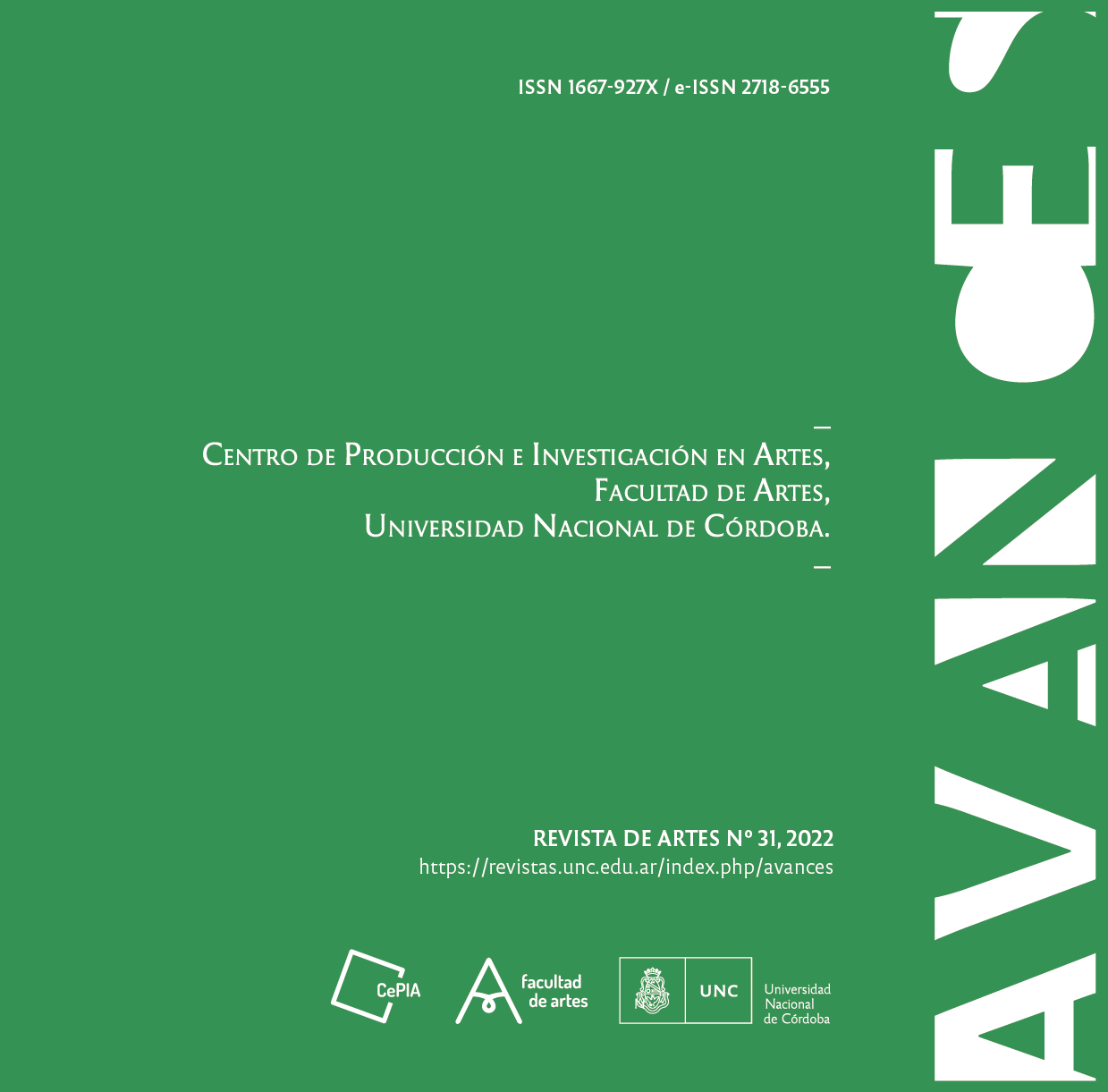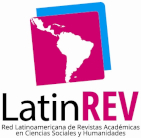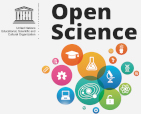The Weight of Bits: Re materialization strategies in the post digital Art
Keywords:
Digital Arts, Contemporary Art, Poetics, Aesthetics, Media ArchaeologyAbstract
In this work we explore how post-digital art resources, understood as the use of technological tools in a critical way, include new forms of materiality in the art production process. We propose that this process criticizes both the notion of contemporary art, digital art, and also the current technological paradigm, by including and making visible certain elements usually considered immaterial by the instrumentalism.
We make a brief introduction to certain elements of contemporary art, and the post-digital paradigm. Using Parikka's Media Archaeology (2012), we propose an analysis of two Argentine works, adressing materiality as a way of putting in tension the imaginaries and ideas about digital art.
Downloads
References
Benjamin, W. (1989). La obra de arte en la época de su reproductibilidad técnica. En Discursos interrumpidos I (pp. 1-20). Buenos Aires: Taurus.
Berry, D. M. y Dieter, M. (Eds.) (2015). Postdigital aesthetics: Art, computation and design. Londres: Palgrave MacMillan Limited.
Cascone, K. (2000). The aesthetics of failure: "Post-digital" tendencies in contemporary computer music. Computer Music Journal, 24(4), pp. 12-18. Recuperado de https://doi.org/10.1162/014892600559489.
Colectivo mod~ (2017). Read 700 bytes [instalación]. Museo de Arte Contemporáneo. Bahía Blanca, Argentina.
Contreras-Koterbay, S. y Mirocha, L. (2016). The New Aesthetic and Art: Constellations of the Postdigital. Amsterdam: Institute of Network Cultures.
Gloriani, F. (2016). Fonorragy [instalación]. Centro Cultural Kirchner. Buenos Aires, Argentina.
Groys, B. (2008). La Topología del arte contemporáneo. En T. Smit, O. Enwezor, N. Condee (comps). Antinomies of Art and Culture. Modernity, Postmodernity, Contemporaneity (pp. 71-80). Durham: Duke University Press.
Groys, B. (2016). Volverse Público: Las transformaciones del Arte en el Ágora Contemporánea. Buenos Aires: Caja Negra.
Heiddeger, M. (1994). La Pregunta por la Técnica. En Conferencias y Artículos, (pp. 9-37). Barcelona: Ediciones del Serbal.
Hui, Y. (2020). Fragmentar la Tecnología. Buenos Aires: Caja Negra.
La Ferla, J. (2016). Ragtime. fede gloriani [sitio web]. Recuperado el 13/04/2022 de https://fedegloriani.wixsite.com/fede-gloriani/4742688.
Mitcham, C. (1989). Tres formas de ser-con la tecnología. Anthropos, 94-95, pp. 13-26.
Parikka, J. (2012). What is Media Archaeology? Cambridge: Polity Press.
Pepperell, R. y Punt, M. (2016). The Postdigital Membrane. Portland: Intellect.
Smuchler, H. (1996). Apuntes sobre el Tecnologísmo y la voluntad de no querer. Artefacto, (1), pp. 1-5. Buenos Aires.
Downloads
Published
Issue
Section
License

This work is licensed under a Creative Commons Attribution-NonCommercial-ShareAlike 4.0 International License.





















